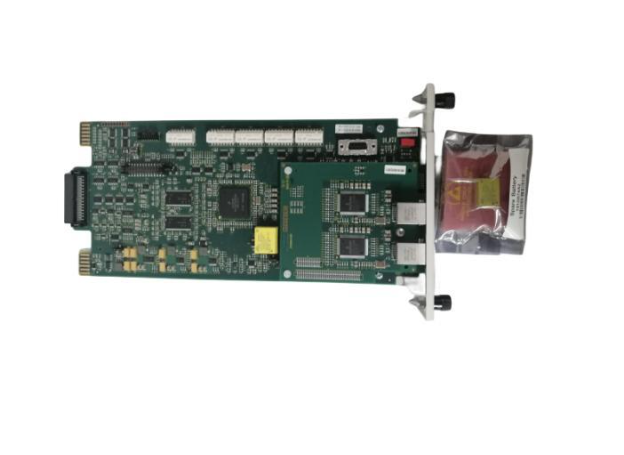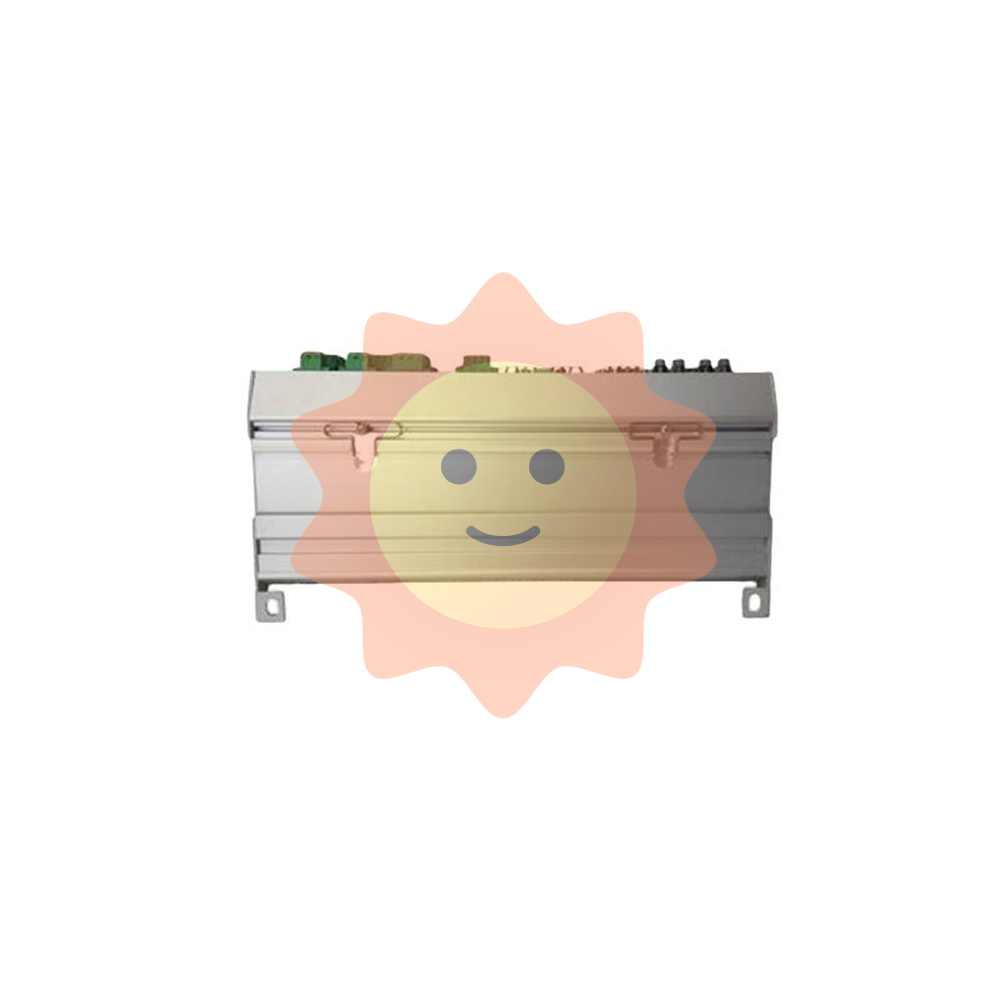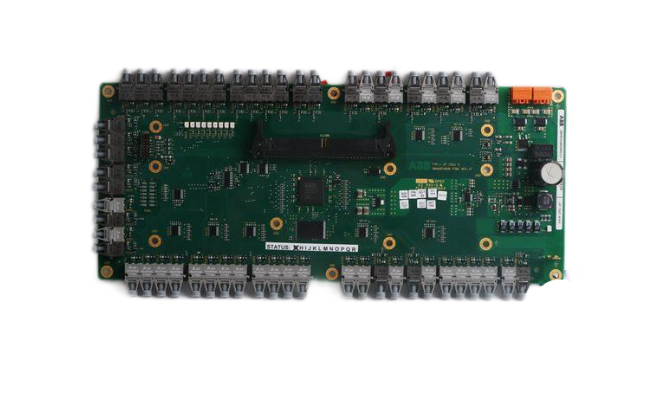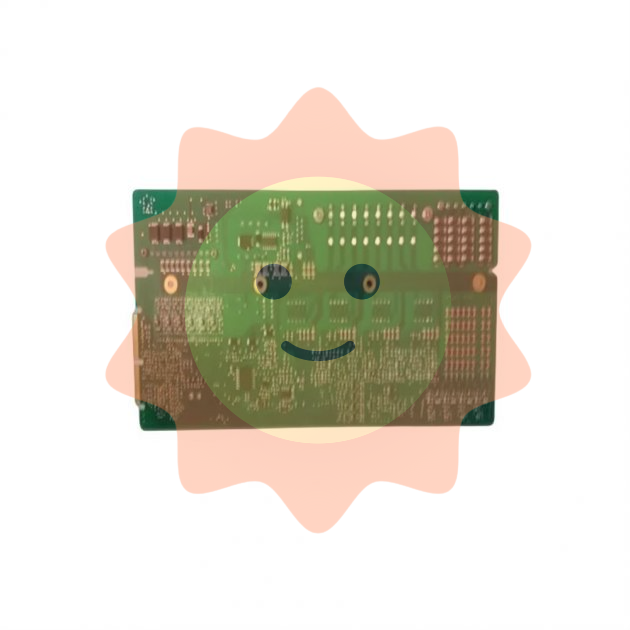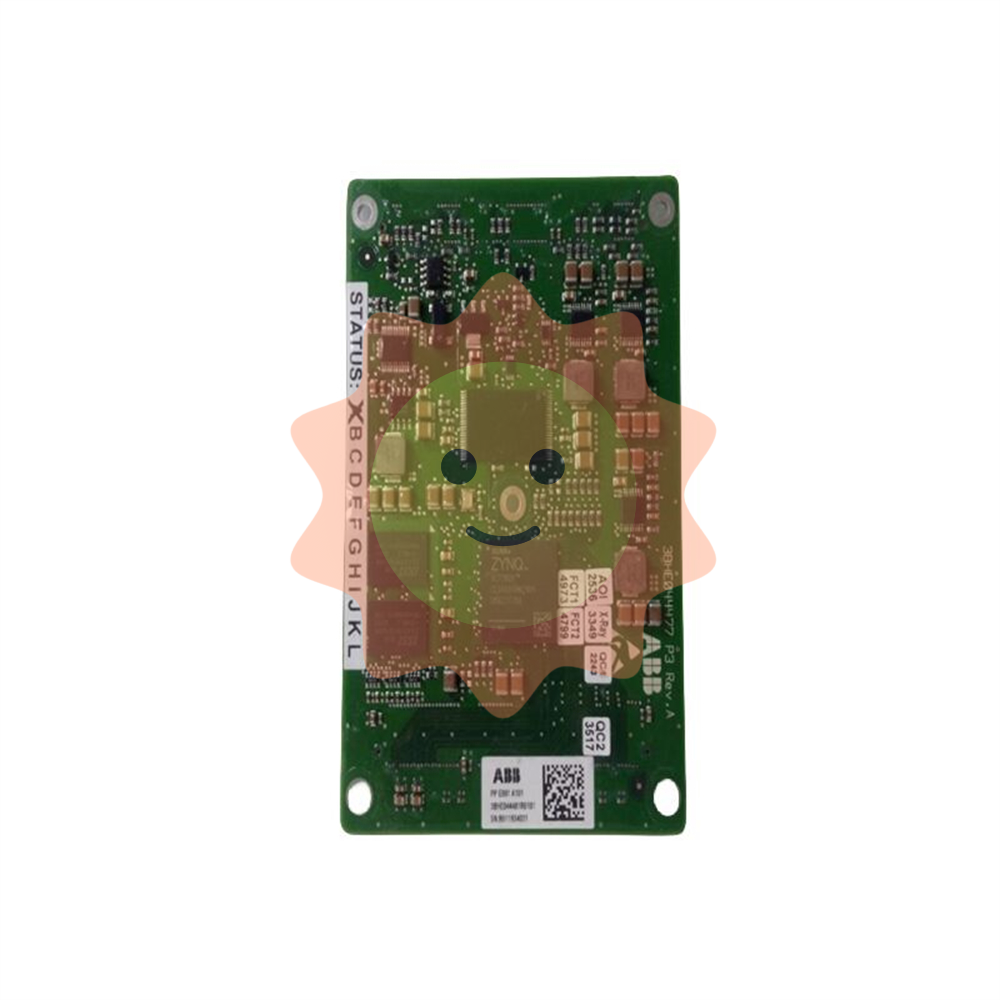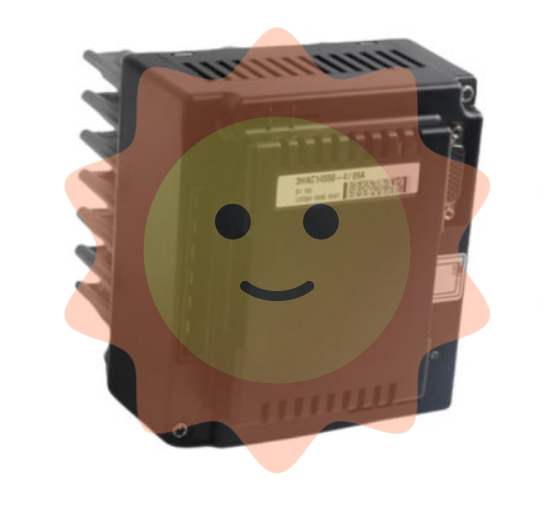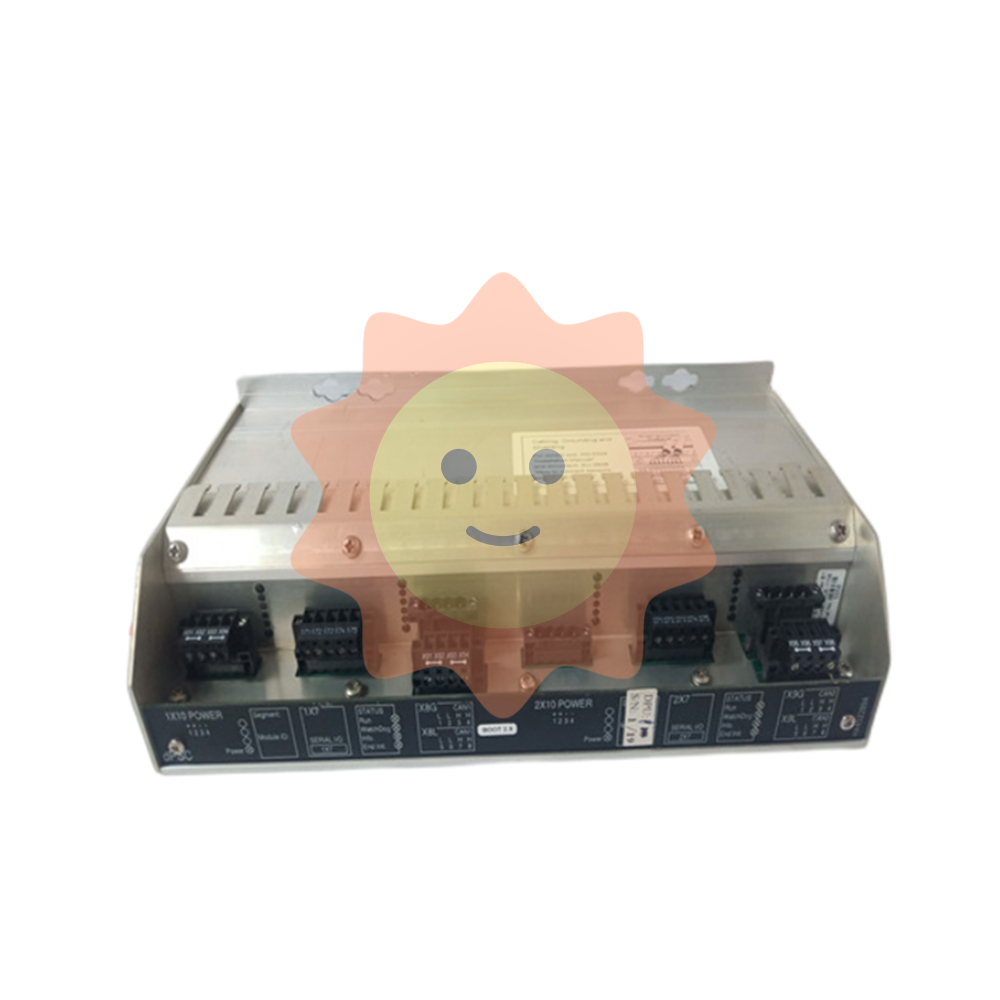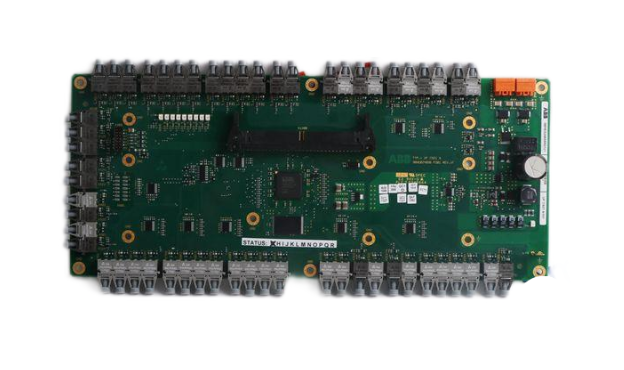Digitalisation will come to the fore
The reliability services required to keep the lights on will need to evolve in response
In addition to controlling total system costs and ensuring necessary investment happens at sufficient pace, policy makers need to take into account that a future low-carbon mix requires dedicated action to ensure a secure system. Regardless of whether countries follow the STEPS or SDS, the share of VRE will be high at a global level and very high in many regions. This implies technical and economic challenges fundamentally different from the ones power systems have faced traditionally.
The integration of VRE can be classified into six phases that capture the evolving impacts, relevant challenges and priority of system integration tasks to support the growth of VRE. While a system will not transition sharply from one phase to the next, the phased categorisation framework can help to prioritise institutional, market and technical measures. For example, issues related to flexibility will emerge gradually in Phase 2 before becoming the hallmark of Phase 3.
Most systems are still in Phases 1 to 3 and have up to 10-20% share of VRE in annual electricity production. The general trend is clear that higher phases of system integration are forthcoming for most countries. Many countries are expected to enter Phase 4 in the coming years.
Some steps are operational in nature, particularly from Phase 4 as the system faces multiple periods with high levels of VRE generation. While any system has its unique characteristics and legacy, exchange of best practices can support progress in many regions. Inertia provides an illustration of this.
A move to solar PV and wind implies a shift from conventional rotating generation to inverter-based generation. Thermal and hydro generation are based on synchronous machines with heavy rotational mass, which provides inertia to the system. In Phase 4, with a high share of VRE, the system faces challenges in maintaining stability. Inertia is a key parameter in system stability. Solar PV and wind generation, but also electric vehicle chargers, batteries and high-voltage direct-current connections, are all inverter based and do not inherently provide inertia. Technology does allow for a variety of very rapid responses to the needs of the system, known as synthetic inertia. Smaller systems (industrial sites and islands) are already capable of operating at very high levels of VRE infeed. But if large-scale systems such as the extent of continental Europe were to be operated with very high instantaneous solar PV or wind penetration (levels above 70-80%, reached in Phase 4), either new technical inverter capabilities would need to prove their effectiveness or additional investment in synchronous condensers would be needed.
- EMERSON
- Honeywell
- CTI
- Rolls-Royce
- General Electric
- Woodward
- Yaskawa
- xYCOM
- Motorola
- Siemens
- Rockwell
- ABB
- B&R
- HIMA
- Construction site
- electricity
- Automobile market
- PLC
- DCS
- Motor drivers
- VSD
- Implications
- cement
- CO2
- CEM
- methane
- Artificial intelligence
- Titanic
- Solar energy
- Hydrogen fuel cell
- Hydrogen and fuel cells
- Hydrogen and oxygen fuel cells
- tyre
- Chemical fiber
- dynamo
- corpuscle
- Pulp and paper
- printing
- fossil
- FANUC
- Food and beverage
- Life science
- Sewage treatment
- Personal care
- electricity
- boats
- infrastructure
- Automobile industry
- metallurgy
- Nuclear power generation
- Geothermal power generation
- Water and wastewater
- Infrastructure construction
- Mine hazard
- steel
- papermaking
- Natural gas industry
- Infrastructure construction
- Power and energy
- Rubber and plastic
- Renewable energy
- pharmacy
- mining
- Plastic industry
- Schneider
- Kongsberg
- NI
- Wind energy
- International petroleum
- International new energy network
- gas
- WATLOW
- ProSoft
- SEW
- wind
- ADVANCED
- Reliance
- YOKOGAWA
- TRICONEX
- FOXBORO
- METSO
- MAN
- Advantest
- ADVANCED
- ALSTOM
- Control Wave
- AB
- AMAT
- STUDER
- KONGSBERG
- MOTOROLA
- DANAHER MOTION
- Bently
- Galil
- EATON
- MOLEX
- Triconex
- DEIF
- B&W
- ZYGO
- Aerotech
- DANFOSS
- KOLLMORGEN
- Beijer
- Endress+Hauser
- MOOG
- KB
- Moxa
- Rexroth


Email:wang@kongjiangauto.com


































































































